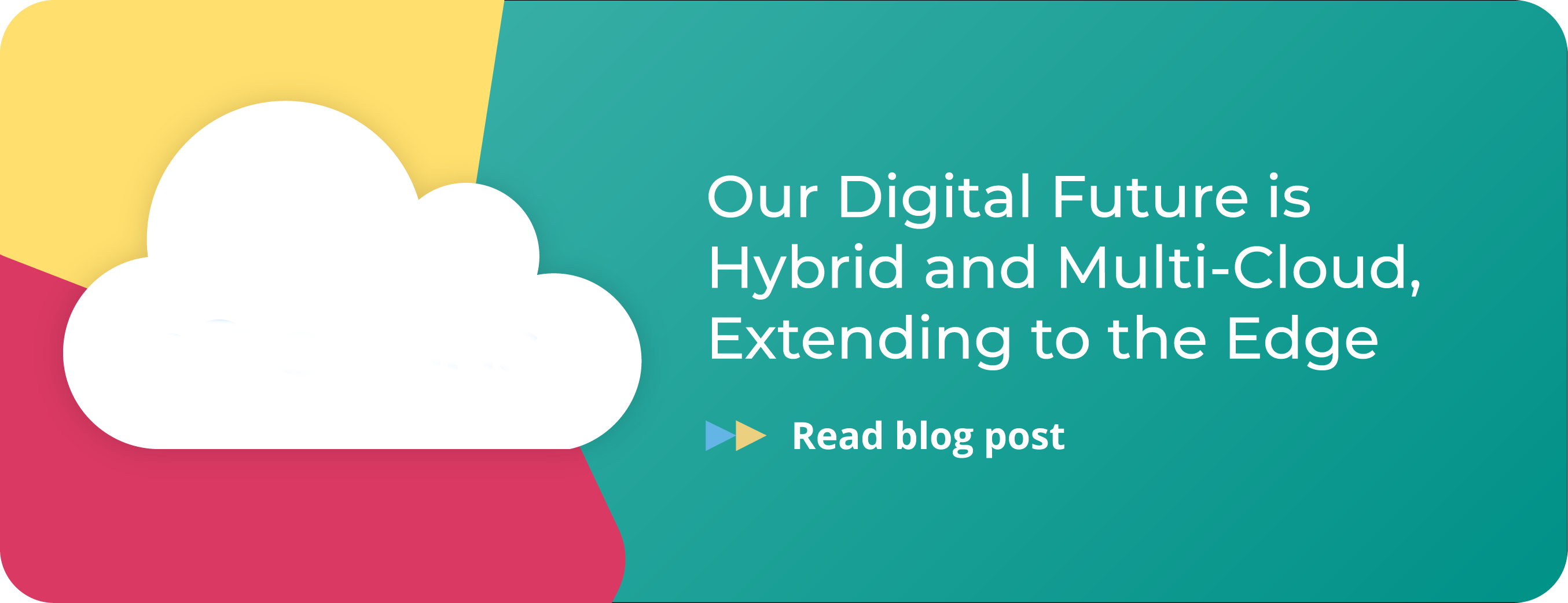8 Ways to Cut Cloud Consumption Costs

People leverage the cloud for many reasons. More often than not, the need to cut costs ranks high among them. And while the cloud does offer significant benefits that include cost-efficiency, some organizations have found out the hard way that this isn’t necessarily true as they scale. Cloud native infrastructures are complex entities that must be managed properly to scale cost-effectively. In this blog, we identify eight ways that can help your organization optimize its cloud usage.
1. Have a strategy for business continuity
It’s important to always maintain the ability to quickly and cost-effectively move your business-critical applications to new deployments should your region ever go offline. Developing a strategy for business continuity means making sure you don’t locate all your data in one region. While doing so won’t necessarily cut costs from month to month, it will help you avoid outages and unexpected loss in revenue and customer satisfaction.
2. Pay for cloud utilities in your local currency
Currency has become a (painful) topic of interest recently due to exchange rate volatility. Even if you consume a fixed amount of cloud resources each month, your bill can vary drastically if its exchange rate is pegged to a currency that is other than your local currency. This can make budgeting unpredictable and can adversely affect your organization’s profitability. Paying for cloud utilities in your local currency – whether by leveraging a regional provider or asking a hyperscale provider to not peg your pricing in USD – is one way of stabilizing your costs in the cloud. CloudOps often recommends Canadian customers leverage cloud.ca, a regional, Canadian IaaS, for this reason.
3. Ensure your applications are cloud-ready
Avoid the classic mistake of adopting a lift-and-shift strategy to migrate legacy applications. If your applications are rigid, archaic, and tightly-coupled, you will not have the flexibility required to take advantage of the cloud’s operational model and will most likely face escalating costs as your application scales in the cloud. It can be easy to see costs escalating when your only way of deploying an application isn’t the most cost-effective. Refactoring VMs into containers can not only increase efficiency, but it can also increase the portability of your workloads in the cloud and provide more flexibility and options for your deployments. This can be further optimized by leveraging services, such as db-as-a-service where a third-party launches and maintains a cost-effective cloud database for your storage needs.
4. Own the base, rent the peaks
Owning the base means knowing your steady state requirements and possibly leasing infrastructure or bare-metal resources (from providers like Aptum, cloud.ca, or Packet.net) to create a hybrid-cloud architecture. Renting the peaks means having access to utility resources, so your infrastructure can scale when needed. This reduces cloud waste, which is expected to exceed $17.6 billion in 2020. Owning the base and renting the peaks is an integral part of cutting cloud costs.
5. Commit to expected resources
Just as knowing your steady state requirements will allow you to own the base, knowing your peak requirements will allow you to commit to expected resources. Most cloud providers have different offerings for committed and utility resources. When you consume utility resources, you pay as you use. In contrast, when you commit to a set number of base resources, you receive those resources at a discounted price. Taking advantage of discounts by committing your base resources is a critical way to cut costs in the cloud.
6. Check your licenses
Licenses can be a critical component of deploying workloads in the cloud. It is therefore important to know which licenses you own, and which you must get from your cloud provider. Understanding the availability and cost implications of the latter can be an important factor of controlling costs in the cloud.
7. Match your resources with your requirements
Cloud providers offer many different types of VMs and storage options. The resources you deploy in the cloud should optimally match your requirements. This isn’t just about determining the number of vCPUs and RAMs required, it’s about knowing how the different VM flavors are memory- and CPU-optimized. Smaller, regional cloud providers are much simpler. For example, cloud.ca has one flavor in VM in a standard, multi-tenant infrastructure. In contrast, hyperscale providers have a proliferation of choice, which can be intimidating.
8. Make sure you can understand your invoice
If you’re unable to understand the invoice sent by your cloud provider, how can you expect to manage your costs? There are many variables in the cloud, especially with the hyperscale providers. Having a clear understanding of where, why, and how you’re spending money will allow you to optimize your consumption and cut costs.
To analyze your technology stack, read ‘A Checklist for Your Cloud Migration Strategy’. You will receive a guide for understanding your hardware, OSes, middleware, and software, with an emphasis on translating legacy tools into cloud native equivalents.
Take your first steps to a more economical cloud journey. Our DevOps Platform and Practices Assessment will provide you with visibility into your infrastructure. It will identify any key gaps and provide recommendations for increasing your feature velocity and efficiency.

